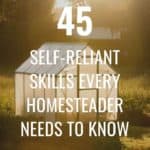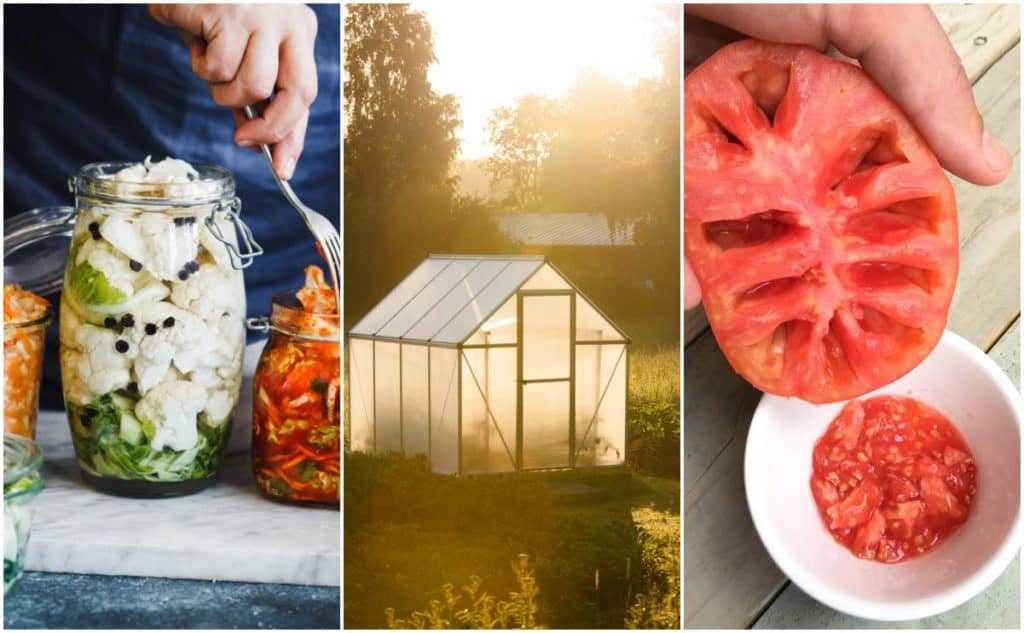
Whether you are a seasoned homesteader or a yearning-to-be homesteader, this list of self-reliant skills will give you so much to learn (plus resources to get started), that you’ll never be bored again!
Of course, one does not need to master them all, though it never hurts to be well informed – just in case you would like to add to your homestead authenticity.
Another act of self-reliance, that goes hand in hand with learning physical homestead skills, is in knowing where to find the most accurate information without reading through tons of irrelevant posts – we are so glad you found us here!
There is always room in the day to learn something new, that is, when you aren’t distracted by technology all day long. Take some time every day to get outside and put your homesteading skills into practice.
Even if you haven’t made “the move out to the countryside” yet, there is no better time than now to get started with learning new skills that will last a lifetime. Learn before you head out of the city, practice on your urban homestead, and grow wherever you are.
Who knows? You may take to one of these abilities with passion, which in turn will lead to the perfect way to make money from your homestead.
Invest time, money and energy in the skills you wish to learn, on a schedule that works best for you.
Scan through the list, determine your current strengths and weaknesses, then choose your next move. Further develop a skill you already have, or be adventurous and skip onto something new.
1. Grow an organic garden

The ability to grow wholesome, nutritious food right outside your door, is one of the greatest acts of self-reliance you can possibly take.
When you don’t even need to commute or head to the grocery store to find food, you know you are on your way to providing well for your entire family. You may even have excess to produce to pass along to neighbors and friends.
Growing food isn’t always easy and it does come with a learning curve, but you have to agree that sun-ripened tomatoes fresh from the garden beat store-bought ones any day. Same goes for peas, beans, lettuce and carrots too.
Read more:
- 6 Reasons to Stop Digging Your Garden
- Organic Vegetable Gardening for Beginners
- How to Start Your Own Organic Garden
- The Basics of Homestead Gardens (For Non-Gardeners)
2. Save seeds
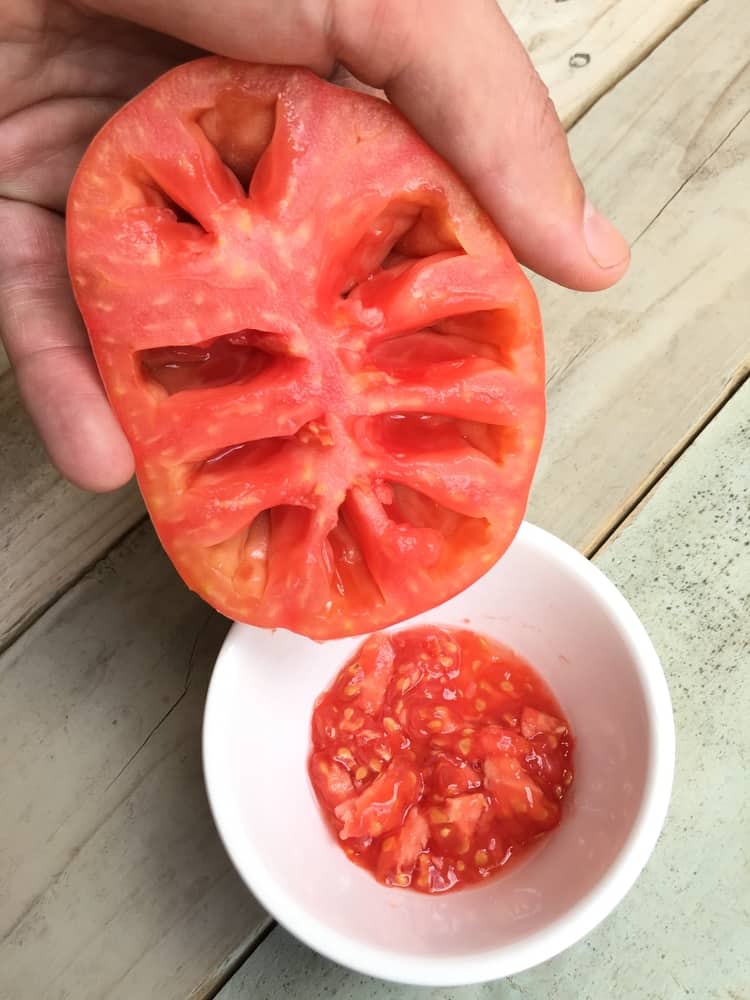
Once you have drooled over garden catalogs, ordered just enough seeds to see you through the first season and your garden really starts taking off, you will come to the realization that if you were to do that every year it would become an expensive way to garden.
Saving seeds is not only easy, it is also a great way to preserve genetic diversity. When you discover an heirloom variety that you really love, find out how to save seeds for the years to come.
Read more:
- Saving Seeds From Your Homegrown Vegetables
- How to Save Seeds
- Seed Saving 101 – An Encyclopedia of Seed Saving
3. Prune a fruit tree
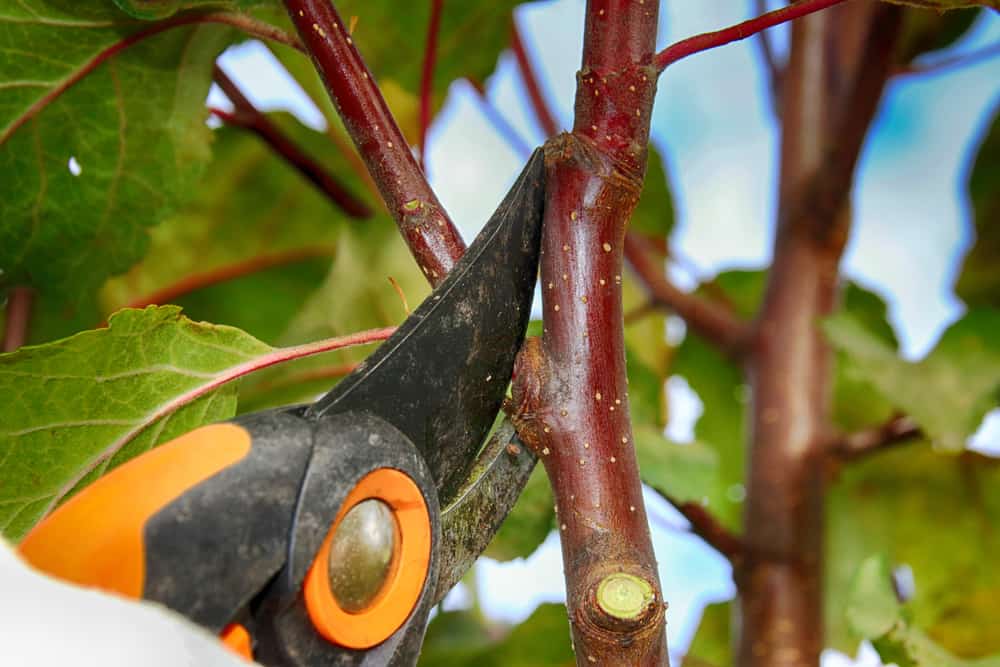
Even a small backyard can host a fruit tree or two. If you have a few acres, you could have more fruit than you could shake a stick at!
Or maybe you have just inherited a neglected orchard that is in need of some serious pruning. Either way, the key to healthy, generously producing fruit trees, is to cut their branches back at the right time in the right place.
Read more:
- A Helpful Guide to Learn How to Prune Your Apple Trees
- How to Prune Fruit Trees To Improve Your Harvest Next Summer
- Fruit Tree Pruning
4. Cut and stack hay by hand
When the grass grows to a considerable height, only then can it be considered hay-worthy. And if you are mowing only a few times a year, in favor of hosting a wildflower meadow, what you will end up with is a mixture of grass and wild edibles for the goats and sheep on your homestead.
A small area can produce a generous amount of hay. All you need is dry weather, a sturdy scythe a wooden pitchfork and a rake to flip it daily. Making hay by hand is a “lost-tradition” that is being kept alive in other parts of the world.
Read more:
5. Keep bees

Beekeeping may not be for everyone, though for those who love bees, it is a wonderful opportunity to connect with nature, and receive honey as a gift at the same time.
Bees are a gardener’s best friend – something to keep in mind if you plan to have a large garden. They produce lovely wax too, which is useful in making candles and healing salves.
Read more:
6. Compost

Before putting your coffee grounds and eggshells directly onto the compost pile, make sure they do not have a higher use.
Then toss the rest on the compost pile to make a nutrient-rich fertilizer that will help you grow even more vegetables next season.
Read more:
7. Start a worm bin
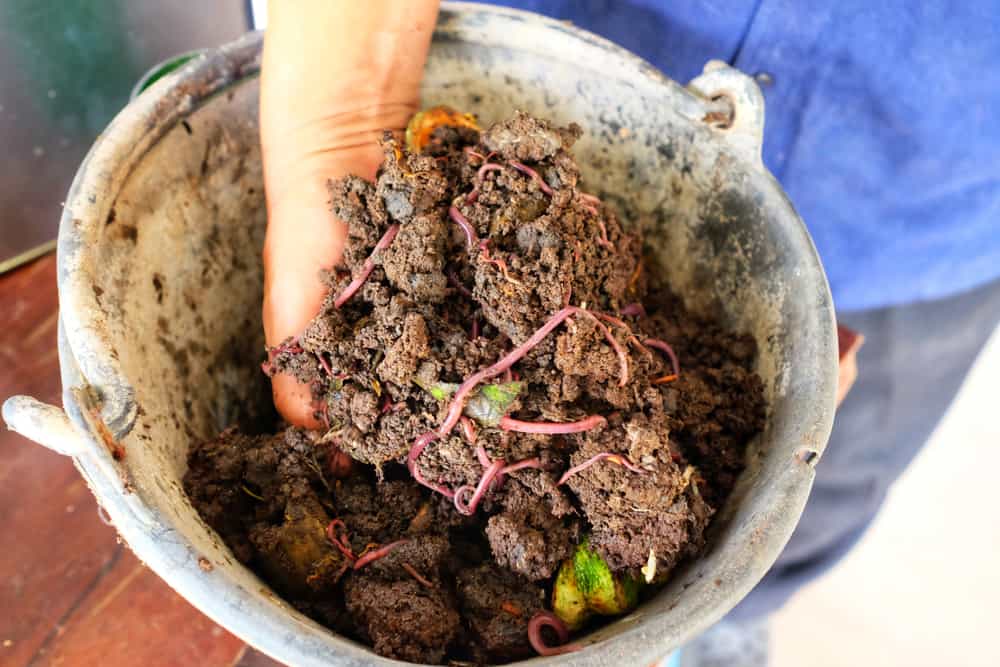
If your garden is not very large, yet you still have kitchen scraps that you would like to compost, how about starting a worm bin?
Vermicomposting works even in an apartment, leaving you with plenty of nutrient-rich soil for your container garden.
Get yourself a worm composting kit here.
Read more:
- What to Feed Worms in a Worm Bin
- 10 Steps to Setting Up Your Worm Bin
- How to Build a Worm Farm at Home (and Monetize it for Profit)
8. Ferment seasonal food
Every once in a while, your garden will start to overproduce – zucchinis and tomatoes are prone to this phenomenon, radishes not so much.
Rather than can everything, go ahead and test the salty waters of natural fermentation. Your gut will thank you for the knowledge!
Read more:
- Tips and Tricks for Successful Fermentation
- The Best Ever Wild-Fermented Salsa Without Whey
- Fermenting is Simple
9. Can, dehydrate and preserve your crops
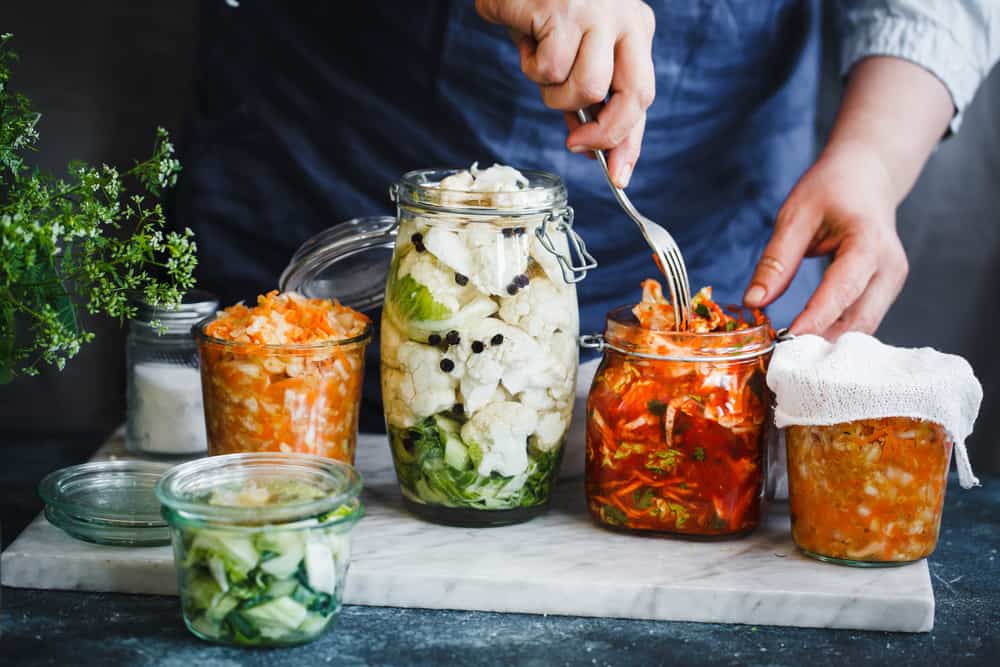
For longer storage possibilities a freezer may be an option for some, though we like to go back further in time and store our food without the use of additional energy. For us, this means we can about 250 jars of jams, pickles, chutneys and sauces a year.
When the snow is up to our knees, it is an incredible opportunity to eat from our pantry, rather than trek to the store. Our grandparents preserved what they grew, and so can you!
Read more:
- Canning 101 – A Beginner’s Guide to Get Started Canning and Preserving Food
- 26 Canning Ideas and Recipes for the Homestead
- 3 Ways to Dehydrate Fruit At Home
10. Store food properly in a root cellar or basement
If you run out of jars, or simply want to preserve your potatoes, squashes and apples in whole, then you are going to need a special place for them.
Not every house will be suitable for this, however if you can plan it into the design of your future homestead, shopping in winter will be a whole lot easier and lighter.
Read more:
- How To Store Potatoes So They Last All Winter
- How to Store Carrots and Beets
- Keep Apples Fresh For Over A Year (Without A Root Cellar)
11. Grow herbs – indoors and out
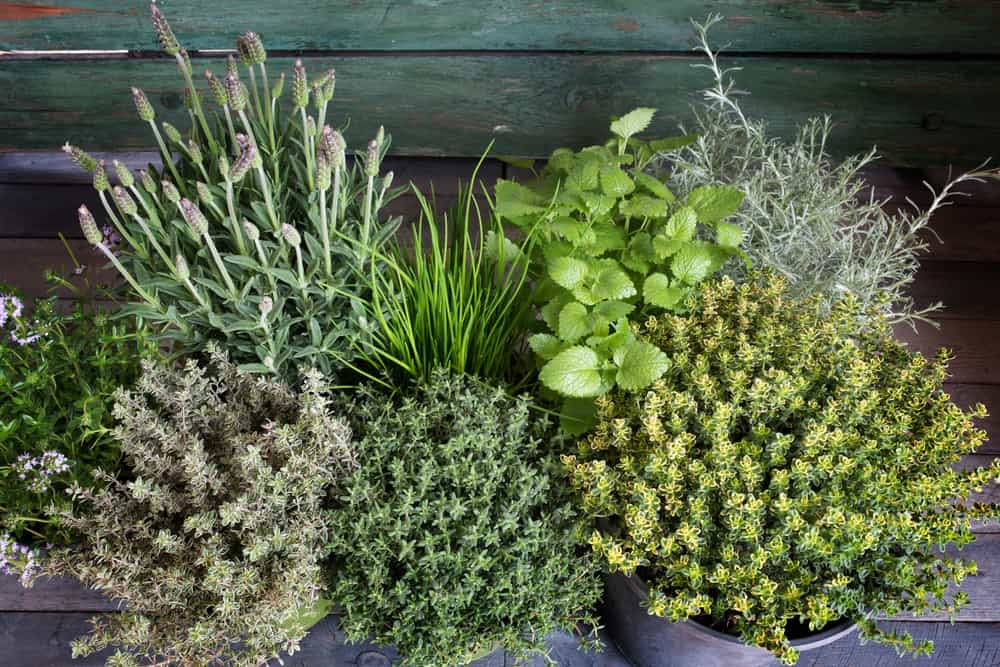
Decorate your windowsill, even in colder weather, with fresh greens of all kinds – sprouts, microgreens, even fresh basil!
Read more:
12. Forage for wild nutrients
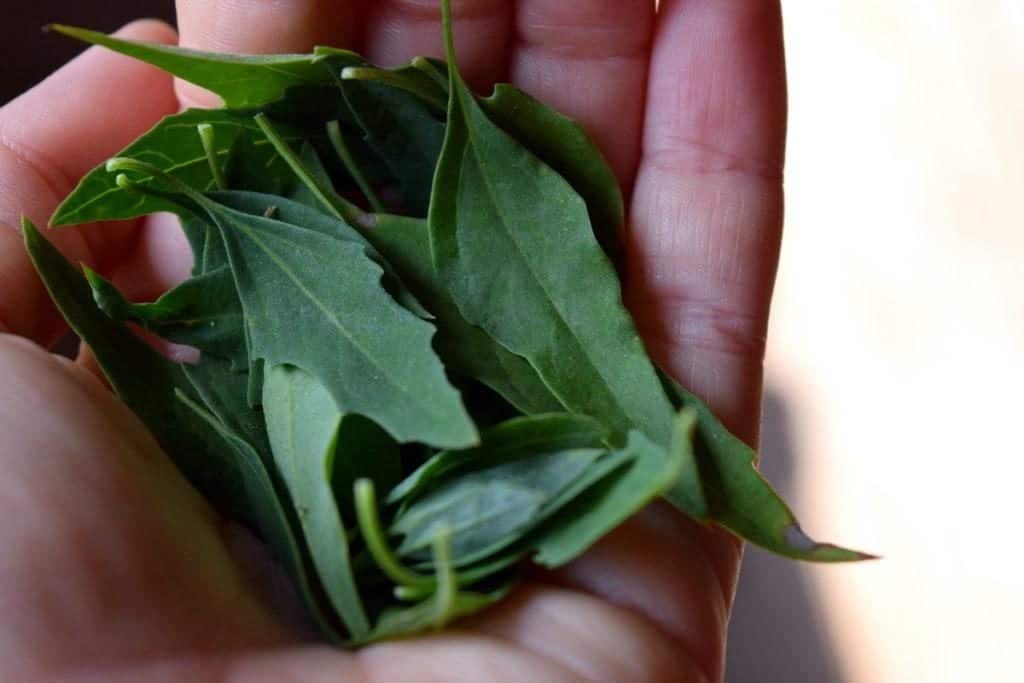
Dandelion, plantain, goosefoot, chickweed, purslane… You might know them by sight, not necessarily by name – just know that they are all edible.
And they are all packed with incredible nutrients! While some may consider them weeds, we consume them regularly for their added benefits throughout the season.
Dive deeper into foraging and reap the benefits for yourself.
Read more:
- 3 Edible Garden Weeds That Grow Almost Anywhere
- Backyard Foraging: Food From Your Yard
- Foraged Food: How to Safely Enjoy Wild Edibles
13. Go mushroom hunting
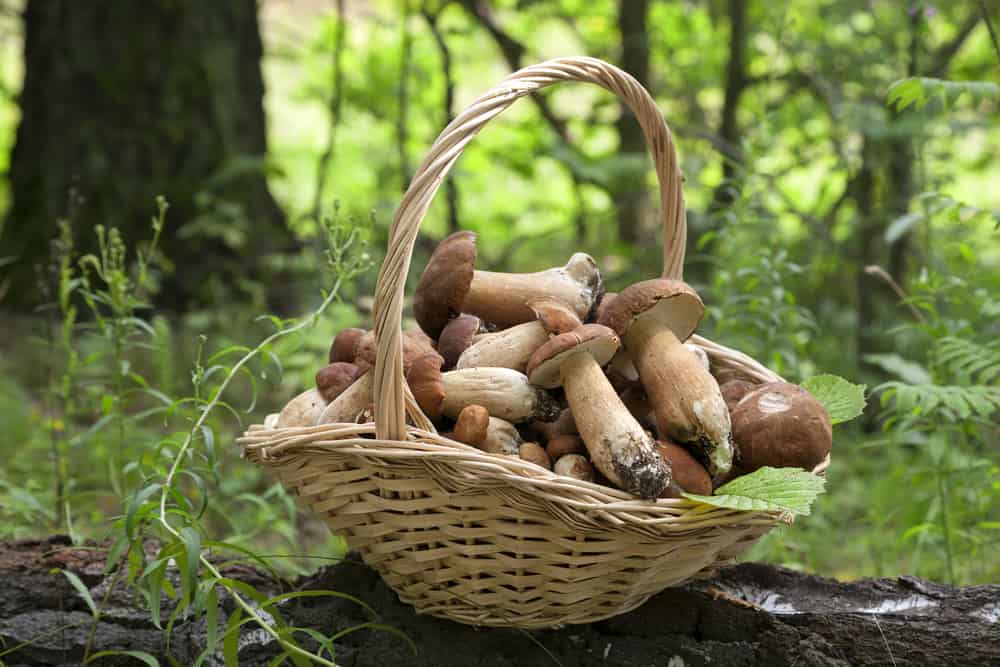
Once you get past the apprehension of eating the greens beneath your feet, you may want to explore deeper into the woods and start harvesting mushrooms.
Take a guide with you and never eat anything you are unsure of.
Read more:
14. Render tallow and lard
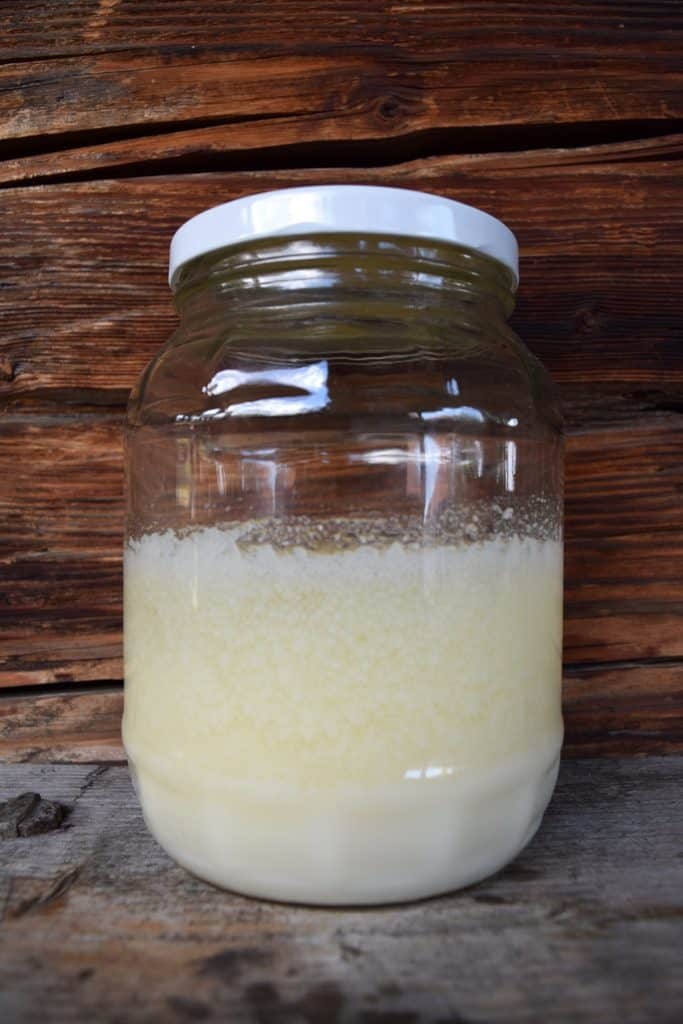
In an effort to achieve a zero-waste homestead, at some point you might attempt to render beef tallow and lard.
Not only are these nutritious and wholesome fats from grass-fed animals to be used in cooking from scratch, they can also be utilized in making candles and skincare products.
Read more:
15. Make a nourishing bone broth
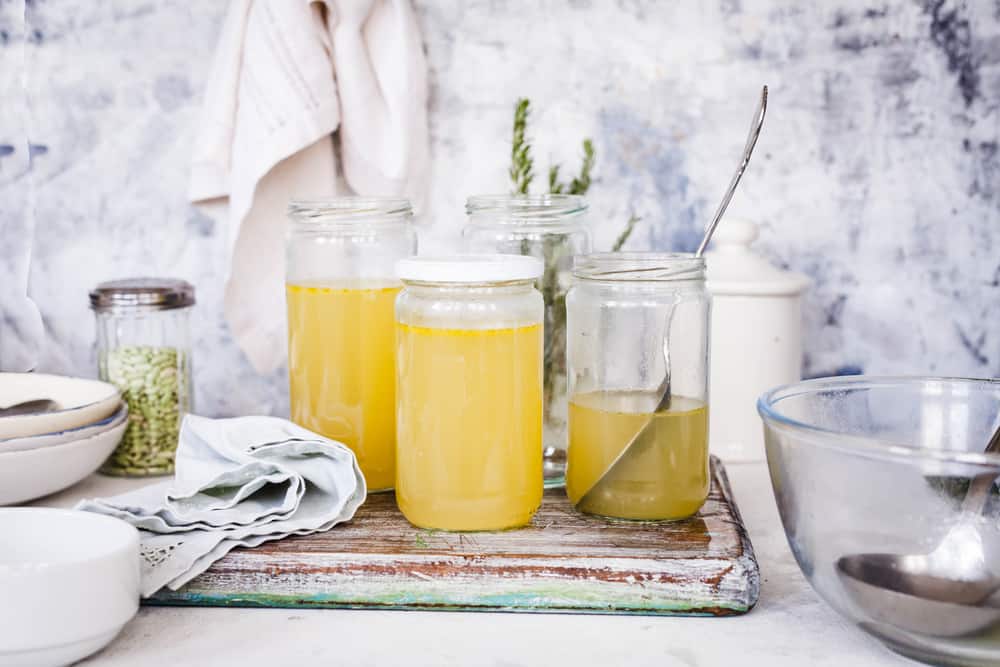
When you butcher your own chickens, you’ll end up with a lot of bones. What to do with them? Put a pot of healing bone broth on the stove and forget about it for a while.
Allow the bones, vegetables and apple cider vinegar to slowly simmer for 8-24 hours. Consume it hot, freeze some for later, or can the rest.
Read more:
16. Homemade sausage
You don’t need to raise your own pigs to make your own sausage. Pasture-raised meat can be bought from butchers and small farms, sometimes you can even purchase half a hog from a local farm – and enjoy eating from nose to tail.
If you would like to always have some sausage on hand, teach yourself how to smoke, dry and cure it for a continuous supply.
Read more:
17. Smoke bacon, ham and sausage
It is one thing to have jars upon jars of pickles and jams in your pantry and in your cupboards. It is quite another to have a homemade protein snack handy.
If bacon and farm fresh eggs is a breakfast of choice for your family, better have both ingredients handy – with a bonus of fresh veggies from the garden.
Read more:
18. Use and care for cast iron pans and skillets
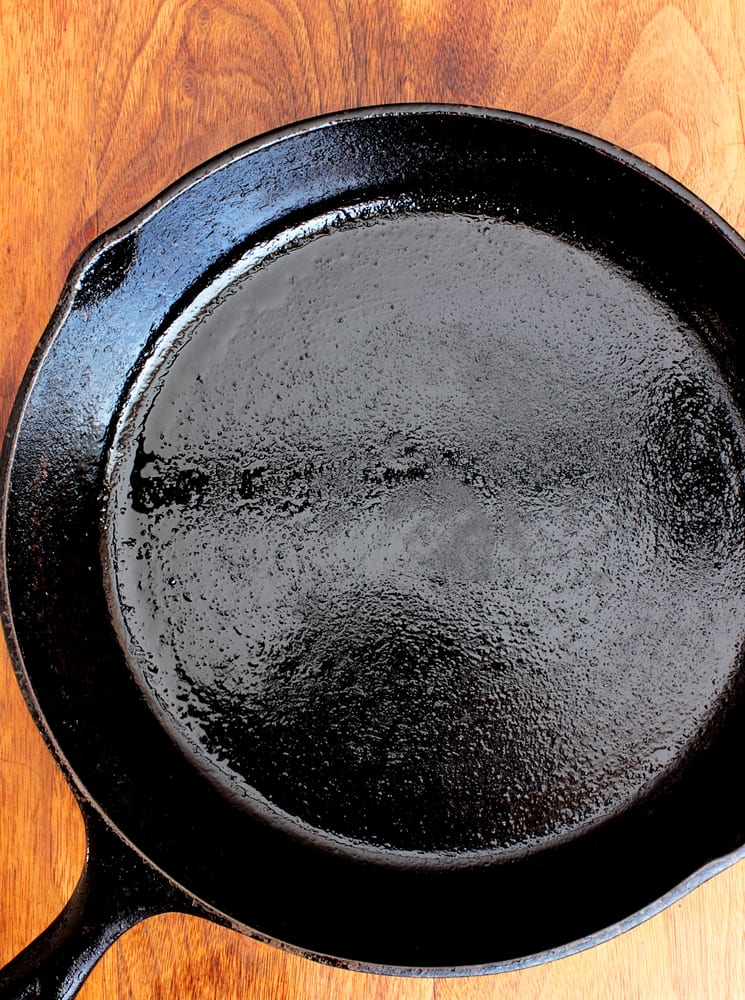
One of the best investments you can make for your homestead kitchen, is a set of quality cast iron pans that will last a lifetime.
Skillets in a few sizes and a couple of sauce pots to start. And don’t forget the ever-useful Dutch oven!
Read more:
19. Milk a goat or cow
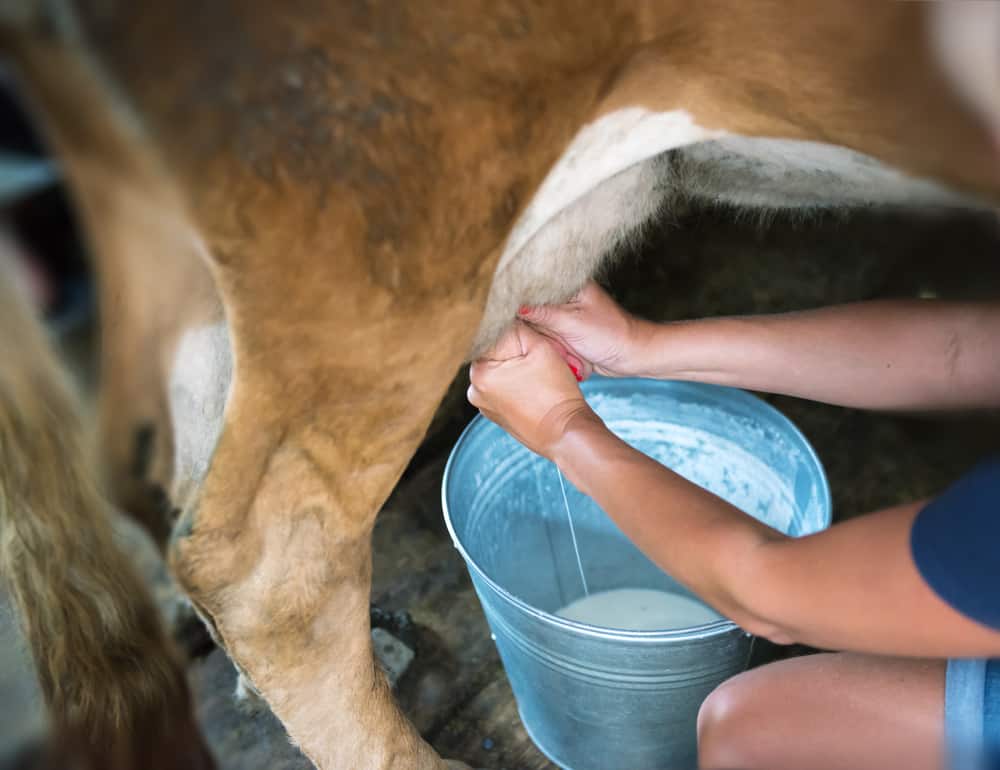
If you enjoy the benefits of raw milk, you should consider getting your own goat or cow – depending on your milk preference and how much land you have to care for them.
Nothing beats a glass of fresh milk in the morning, followed by some homemade cheese or butter at lunch. For that, you will need to learn how to milk a goat or cow. It’s easy, with the right-tempered animal.
Practice, practice, practice.
Read more:
20. Churn butter

With a family cow on the homestead, you can turn fresh cream into butter, or leave it a day or two as it sits and turns into sour cream. Both are absolutely delicious!
Read more:
21. Make cheese
When you get past the humble simplicity of making butter, you are then ready to take the next step of making cheese. Hard or soft, creamy or flaky, it is all good – on sandwiches, pizzas, salads.
Or serve your mouthwatering cheese next to fresh figs and walnuts.
Read more:
22. Prepare homemade yogurt
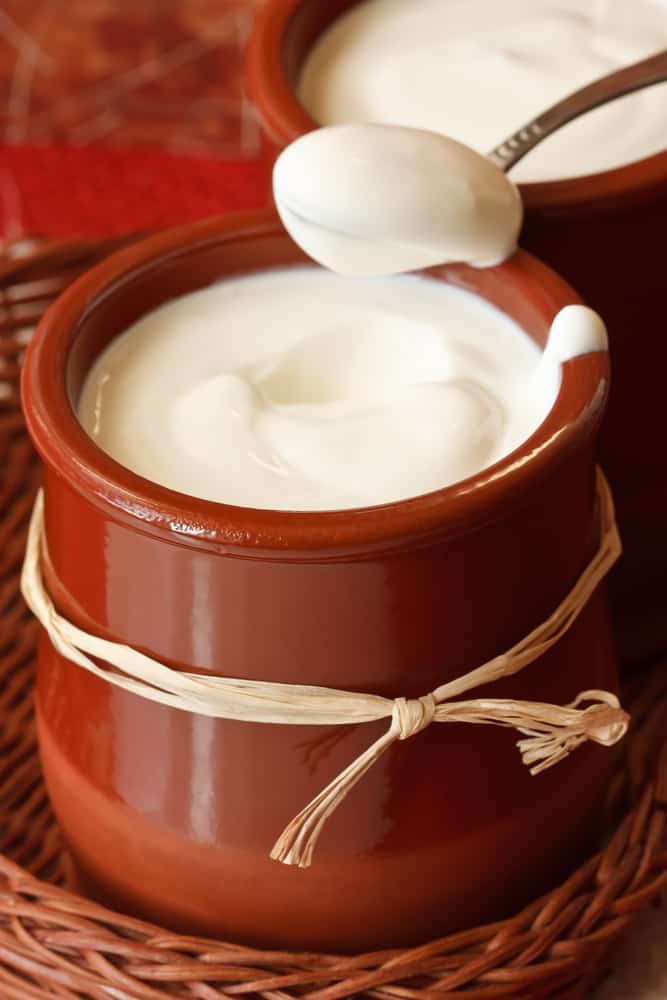
One of the healthiest ways to prepare dairy, is to turn it into yogurty goodness with loads of probiotics.
You may even want to add some dehydrated fruits to the mix, for an additional burst of vitamins, minerals and energy!
Read more:
23. Cook from scratch
Going recipe-less in the kitchen is the best way to learn to use what you have. Vegetable soup? Don’t worry if you leave out one ingredient, simply substitute another.
Once you have read through a stack of cookbooks and followed enough recipes, cooking will come naturally. Cook based on intuition and proportions, and every meal will turn out just right.
Read more:
24. Grind your own grains
Perhaps you grow a few grains (wheat, corn, millet, sorghum, buckwheat) that need further processing for turning into breads, cakes and sticky buns. Or you buy grains in bulk.
Either way, you want to turn them into flour. This can be done with a hand grinder, or an electric one.
Read more:
25. Make a sourdough starter
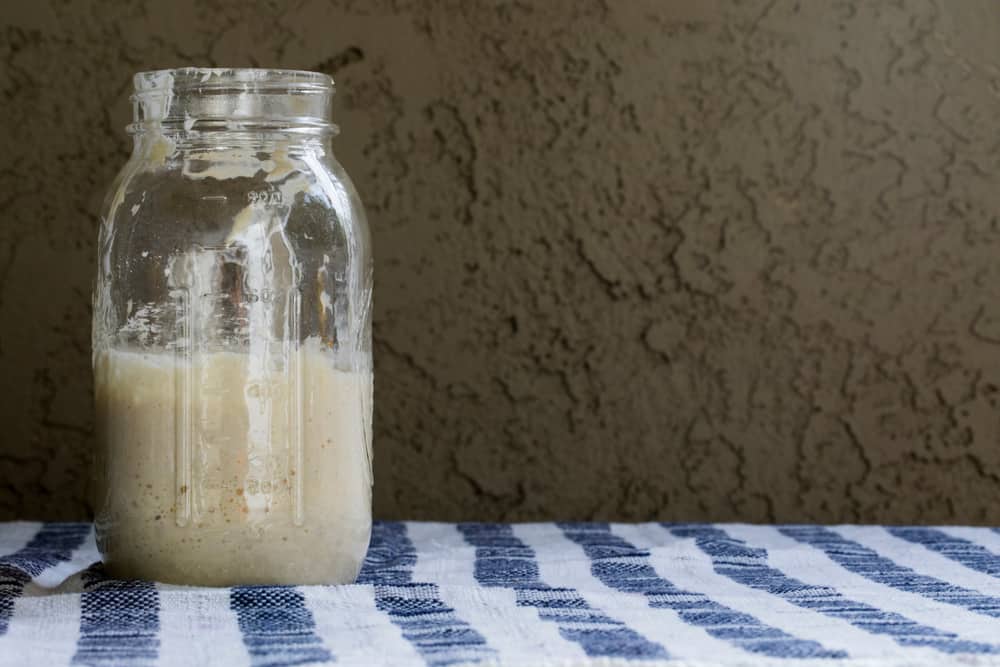
Store-bought yeast needs to be refrigerated. Sourdough starter does not. If you are a bread baker who wants to enhance her or his bread making skills, learning to care for a sourdough starter is a wonderful route to take.
Read more:
26. Dip beeswax candles
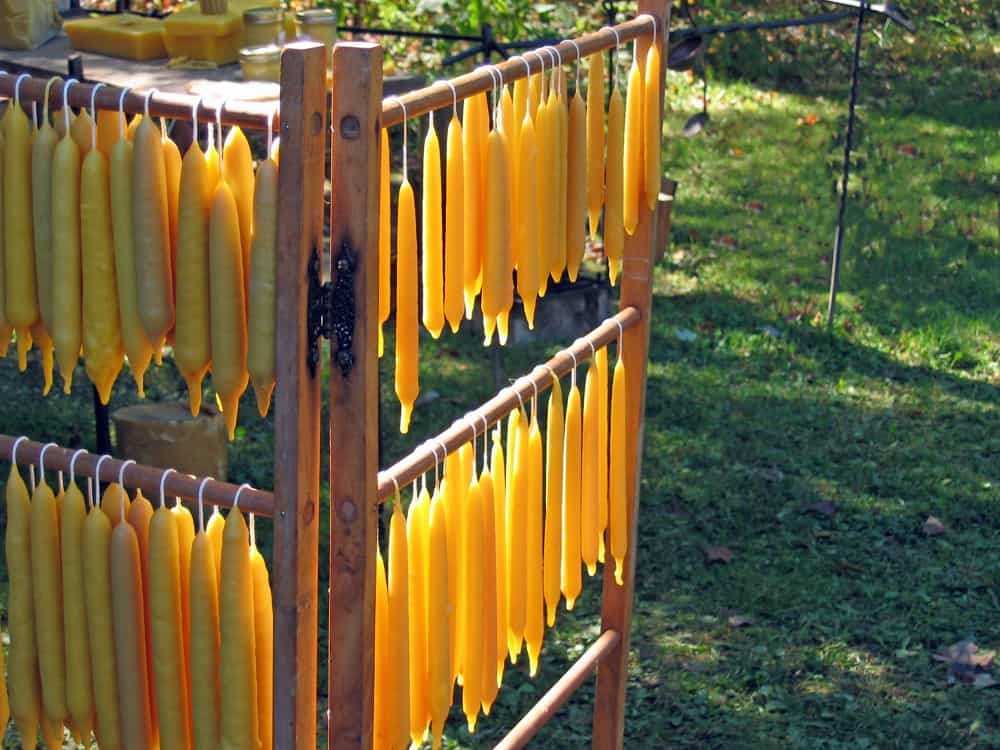
With bees on the homestead, or with love for the scent of beeswax, candles are absolutely necessary.
Use them for relaxation at the end of a busy day, or choose them for more practical reasons, like a source of light when the power goes out.
Read more:
27. Make your own soap
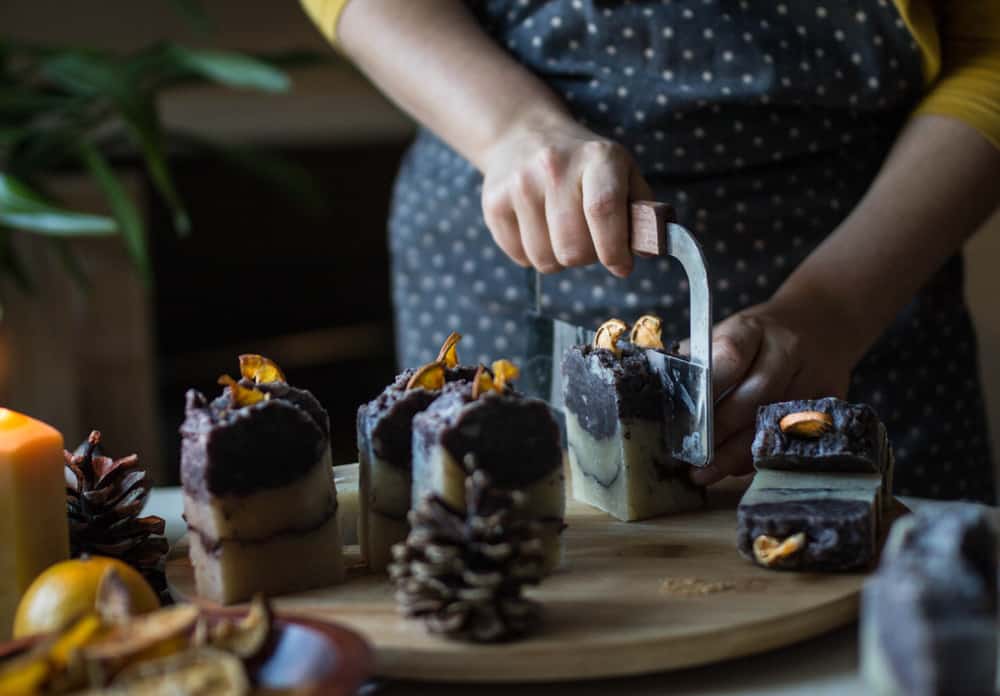
Hand soap and laundry soap have traditionally been made at home with the use of tallow/lard and lye (wood ash). Times have changed, now we are using Castile soap, coconut oil and essential oils.
But the essence of the soap is the same. To keep our hands and homes relatively germ-free.
Read more:
28. Rear poultry – chickens, guinea, turkey and ducks
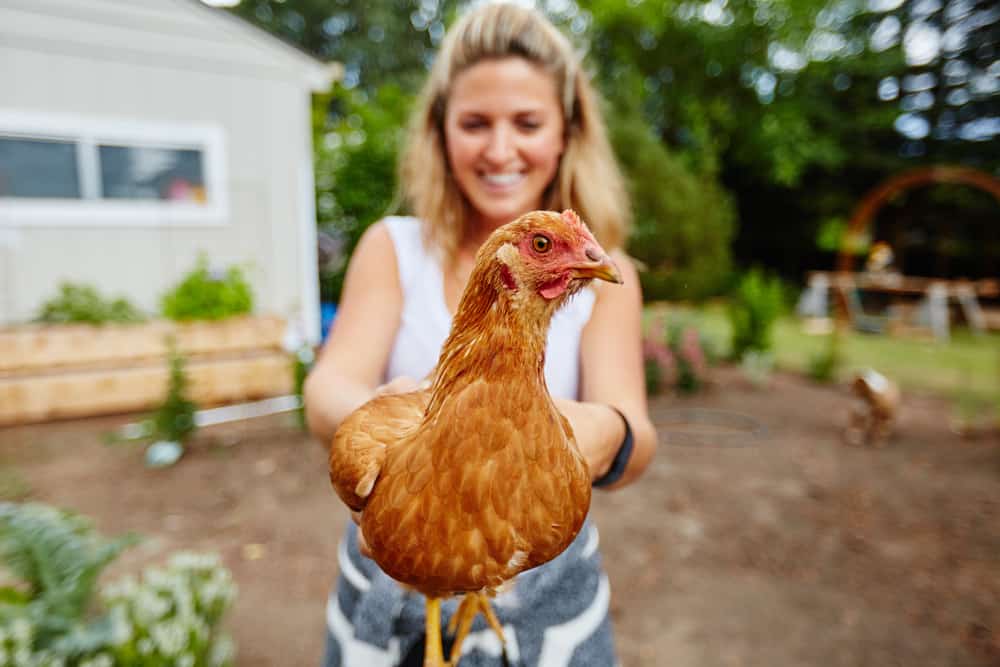
Often it is the case that urban homesteaders have room for a small flock of poultry, such as Bantam chickens. Even though they are tiny in size, they are still productive egg layers, not to mention the fact that they are super cute.
If you have extensive land and access to water, ducks will provide you with plenty of nutritious eggs and meat, as well as making a beneficial presence in the garden.
Read more:
- 11 Things You Need to Know About Raising Backyard Ducks
- 10 Things Nobody Tells You About Raising Chickens
- The Complete Guide to Raising Guinea Fowl
29. Butcher small animals
Once you start raising birds, you’ll want to eat more than just their eggs. It may seem difficult at first, both the aspect of harvesting your own meat and the procedure that goes along with it, but with time comes experience – and experience leads to a full, satisfied belly.
Have someone who has done it before, assist you the first time you butcher, to impart support and knowledge.
Read more:
- How to Butcher a Chicken
- How to Butcher a Duck – a Step-by-Step Picture Tutorial
- How to Butcher a Rabbit Humanely in 6 Quick and Easy Steps
30. Reduce your waste and lower your carbon footprint
Living on a homestead can bring you such an enormous sense of gratification – especially when you become reliably independent. At the same time, it offers you the opportunity to go green in a huge way.
You may choose to go off-grid to reduce your energy consumption, invest in a tree planting scheme to offset your carbon footprint, or even to go zero-waste. The latter being a great reason to save all those glass jars!
Read more:
- 8+ Ways to Go Zero Waste Without Spending Any Money
- A Beginner’s Guide to Zero Waste Living
- How to Reduce Your Carbon Footprint at Home
31. Prepare herbal remedies
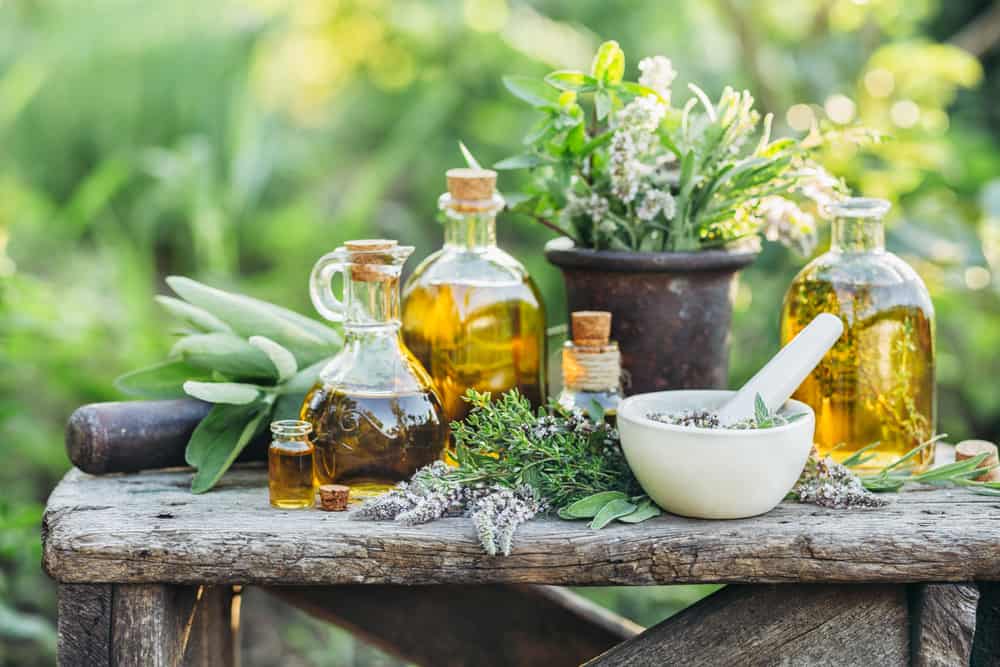
Being on your own, means that you need to be able to take care of yourself, no matter what the weather.
If herbal remedies are calling to you (luring you in with natural scents) follow the links below to learn more about making tinctures, collecting wild plants and self-healing.
Read more:
- DIY Natural Medicine Cabinet
- 7 Must-Have Herbal Remedies for Your 72-Hour Kit
- Herbal Remedies You Can Make at Home
32. Make your own all-natural cleaning products
Ditching chemicals may just be one of the best things you ever do for the health of your home and every creature in it.
Kids are sensitive to chemicals, dogs and cats are too.
And you? Well, we all have a reaction, however subtle. It is entirely possible to keep your home impeccably clean with all-natural cleaning products. All you need to do is follow the recipes of others.
Read more:
- Cleaning Products From Scratch for the Whole House
- 5 DIY Cleaning Recipes Using Vinegar
- DIY All-Purpose Cleaner
33. Make do, mend and repair
Without the hustle and bustle of city life, you will actually have time to sit down, relax and mend torn clothes. Brush up on your sewing skills to prolong the life of your favorite work wear.
While you are at it, learn how to sew on a button too.
Read more:
- 15 Easy DIY Sewing Projects for Beginners
- Best Sewing Hacks & Tricks: A-Z Solutions to Make Your Sewing Easier
34. Get crafty – learn to spin, weave and dye natural fibers
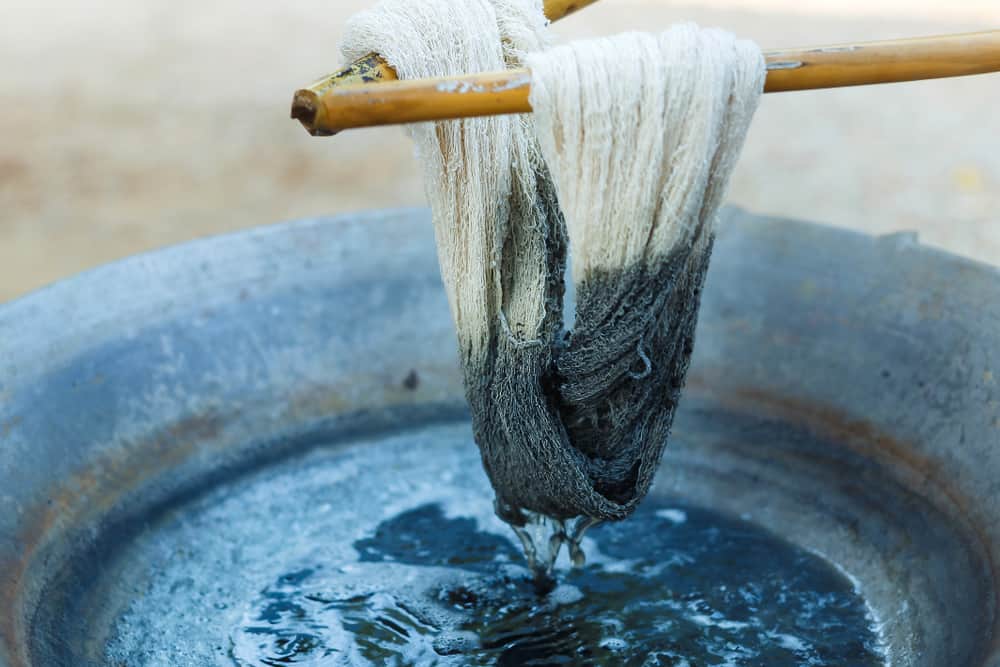
We just mentioned that you’ll have more time – more time for doing the things that you love!
And if you have a spinning wheel, or a spindle, all the fibers will align in your little Universe.
Flax, hemp, nettle, wool, cashmere, cotton – turn them all into yarn, then into something else. Read books, watch videos and take interest in handicrafts starting today.
Read more:
35. Knit and crochet
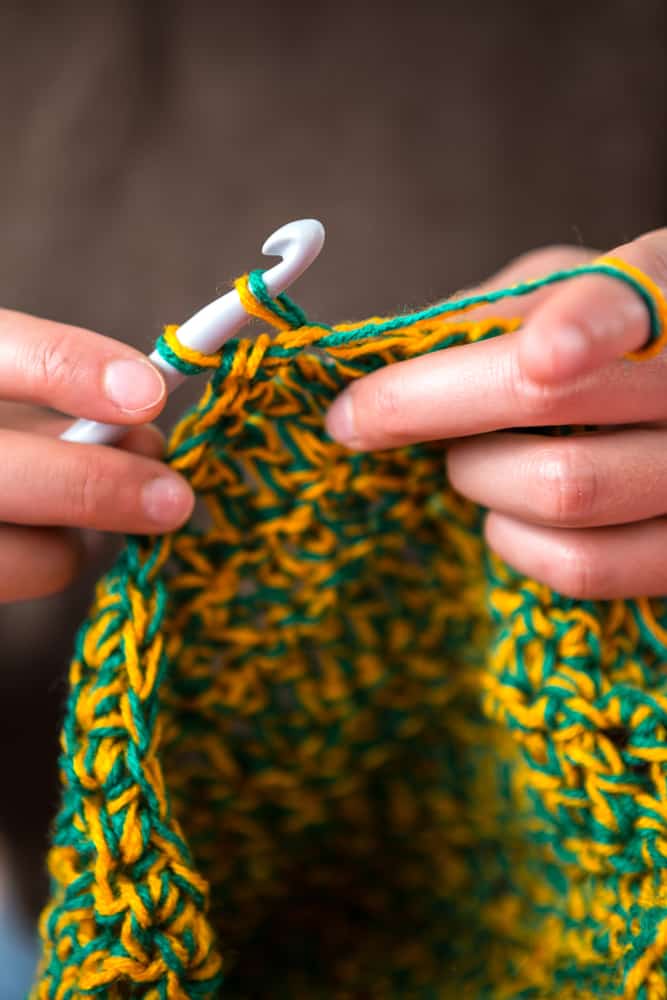
If you’ve learned how to spin, you’ll soon have plenty of yarn to choose from. However, there are always local farmers markets, local yarn stores and online shopping to fulfill your need for making things with your hands.
Knitting and crocheting are two essential skills for making clothes over the long winter months. Start with a scarf, knit a hat in the round, move onto socks and sweater. In that order.
Read more:
36. Weave a basket
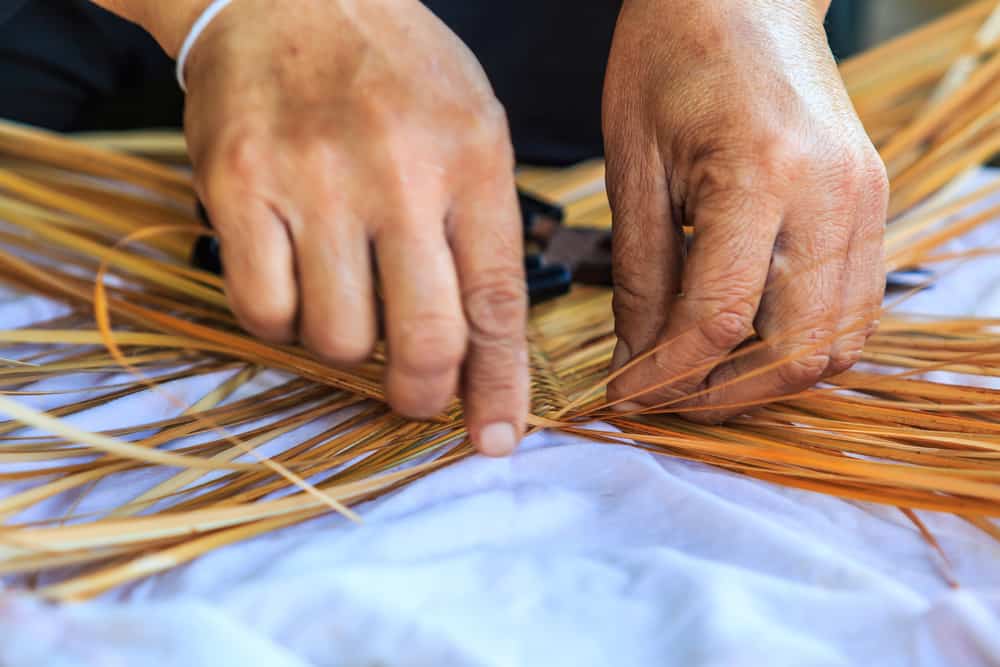
With the occasional bounty to bring in from the garden, you’ll want to do it in style. When an apron won’t do, a basket certainly will.
Learning to weave baskets takes plenty of time, but if you live in an area where weaving material is abundant – and you just so happen to love baskets, lots of baskets – then this may be a future way to make money from your homestead.
Read more:
37. Cut and split firewood
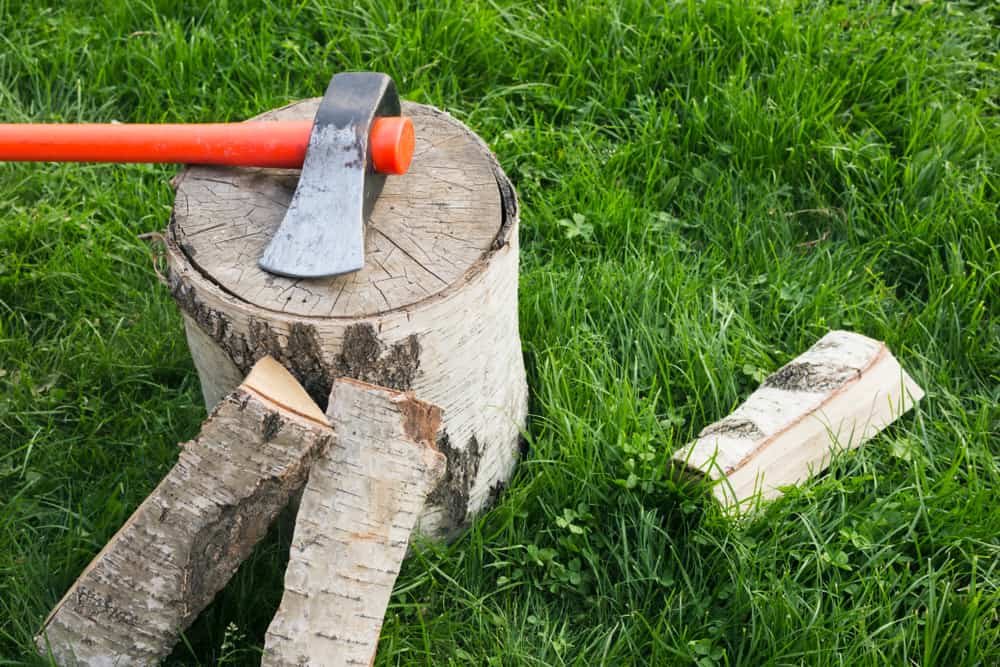
This homestead skill applies to those who burn wood to stay warm, just as much as it applies to all those who help out in the processing of wood.
As simple as it is to cut and split firewood, it is also easy to get hurt if you don’t know what you are doing. The axe can slip, the saw can jerk – be prepared for anything.
Read more:
Plus, it’s essential to know how to season and store your wood for hotter and cleaner burning, as well as how to maintain your wood stove.
38. Make a fire
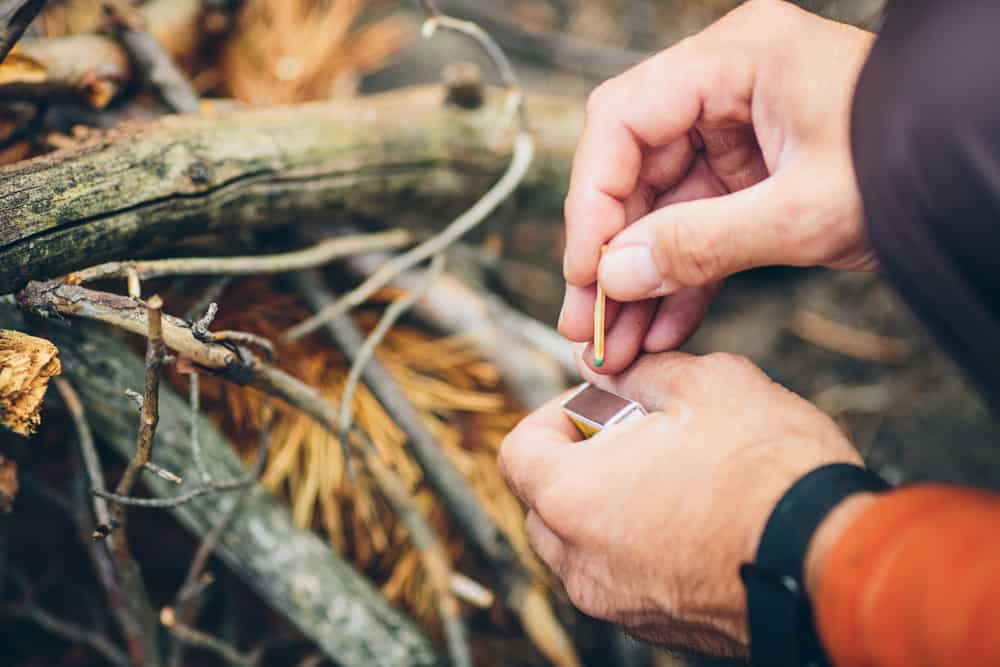
With your seasoned wood neatly stacked, you can now bring a handwoven basketful of it into your home and get ready to start a cozy fire. It may seem like a simple thing to do, to start a fire, yet your success depends on so many components.
How wet is the wood, how windy is it, what direction does the wind come from, what kind of fire starter are you using?, and so on.
The ability to make an outside campfire comes with its own set of weather challenges. Practice in keeping a steady heat, is key in not using up your winter supply of firewood in a week or two.
Read more:
Related Reading: What’s The Best Wood To Burn In Your Wood Burning Stove?
39. Cook on a wood stove
When fire making becomes so natural that you can use just one match, you are well on your way to cooking over it. Finding just the right temperature for frying, boiling and baking, takes time and experience.
Small sticks for instant heat, logs for steady, long-lasting power. You’ll just have to try it and see.
Read more:
40. Become familiar with hand tools
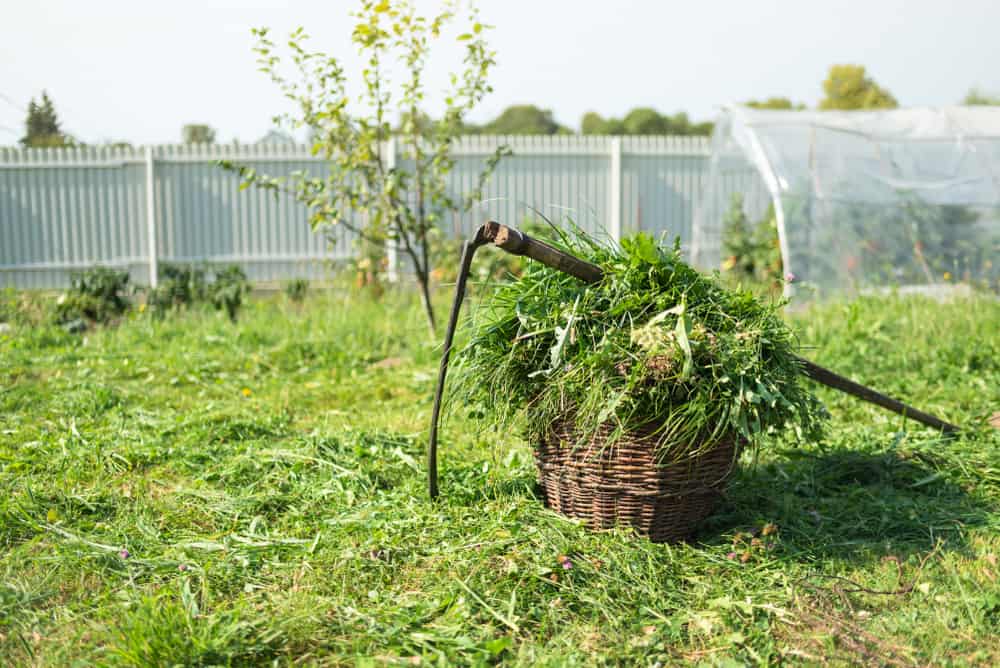
Power tools seem to reign on homesteads these days, chainsaws included. However, if you want to step back in time and relearn to use your capable hands, hand tools are a must.
Grab a scythe to mow, grip the handle of a crosscut saw and feel the power directly in your hands, just like your grandparents did.
Read more:
41. Sharpen a knife and an axe
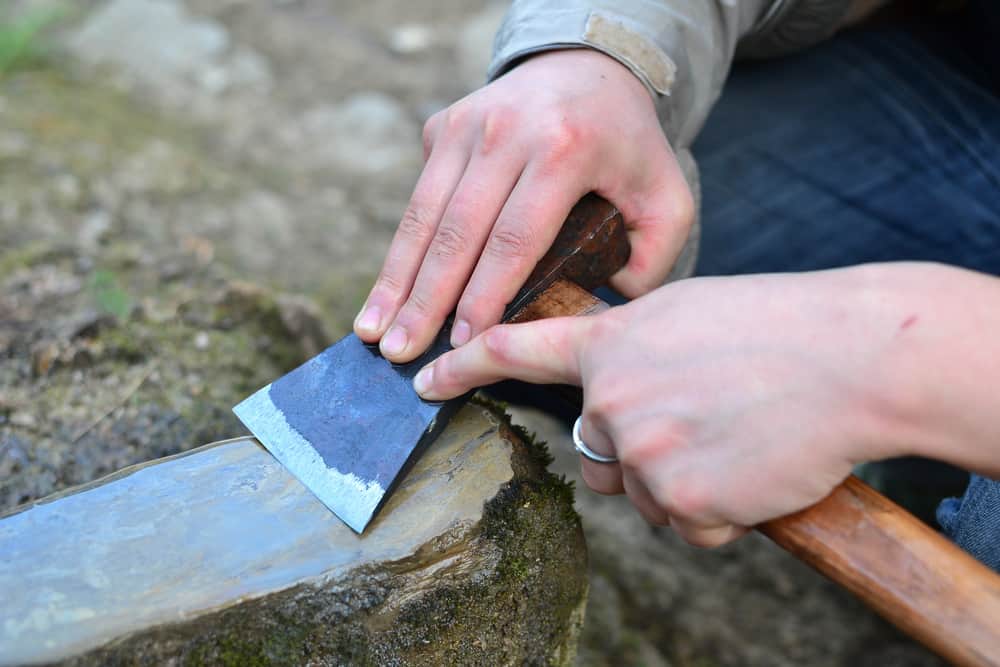
For you to be your most efficient self, you’ll need tools that live up to their act. Always make sure that every tool is in good working order before using it – keeping all blades on the homestead sharp!
Read more:
42. Know how to drive a tractor with manual transmission
Being a homesteader is all about being prepared – for anything. Some days you may have to kill a rogue rooster, other days you’ll be planting garlic, while most days will leave you in the kitchen with plenty of dishes to wash after so many home-cooked meals.
If you know, by chance, how to drive a tractor, you’ll have no fear in letting anything come your way!
Read more:
43. Learn how to install and use a compost toilet
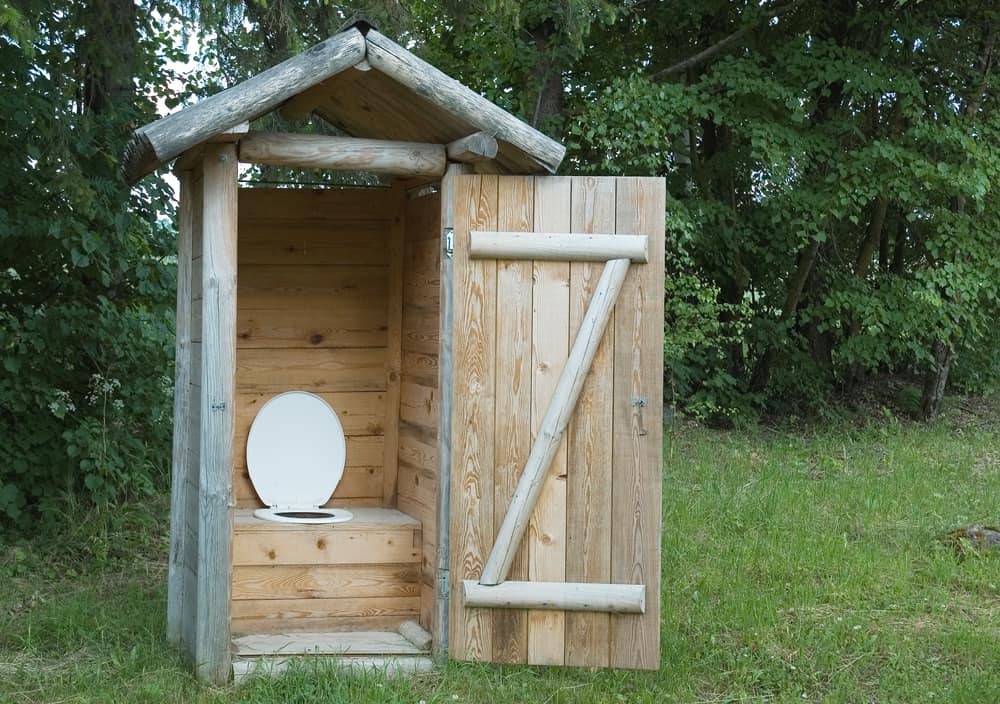
If the term “humanure” hasn’t crossed your screen lately, then consider it a search word for later use.
When life finds you without running water on a homestead, a compost toilet is a wonderful thing to have.
Read more:
- No Plumbing Needed: DIY Composting Toilet Instructions
- Make Your Own Compost Toilet
- Humanure: The Next Frontier in Composting
44. Build and utilize a greenhouse
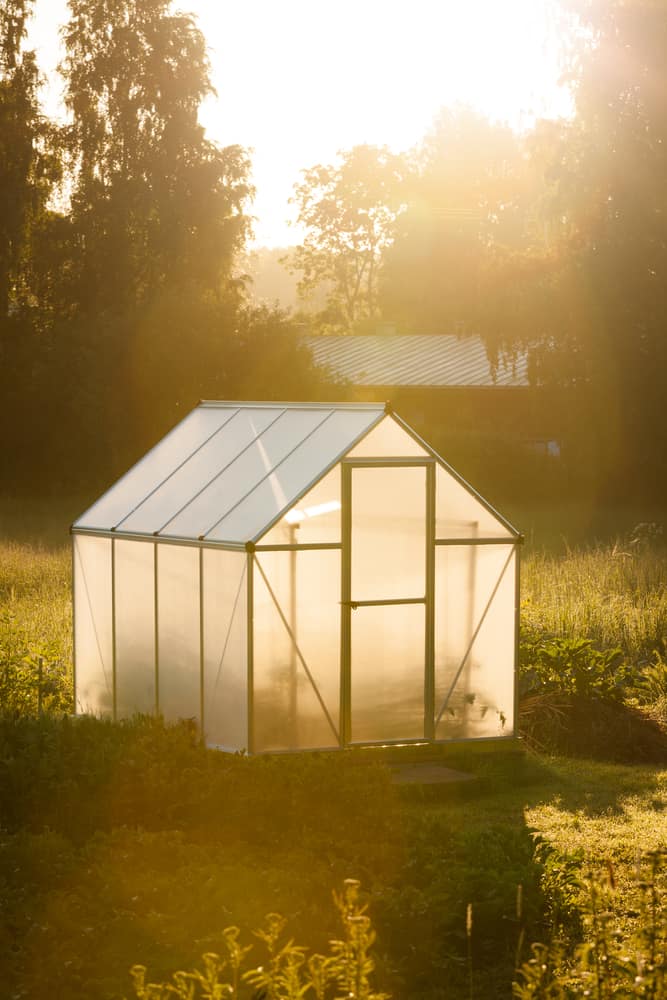
To extend the growing season of your garden, a greenhouse is a definite must. With so many plans out there, you are apt to find one that suits your space, as well as material requirements.
Read more:
45. Learn first-aid and CPR
The further you are from hospitals and doctors, the more self-reliant you have to be. Accidents happen. Don’t be caught under-prepared.
Know how to deal with cuts, sprains and minor injuries and always have a first-aid kit where everyone can find it.
Read more:
- First Aid & Health Aid for Homesteaders (and Everyone)
- 16 Thing You Need in Your Homesteading First Aid Kit
Naturally, there are more skills than this that you will need for your homesteading adventure – they will arise when you are good and ready for them.
Pin This To Save For Later
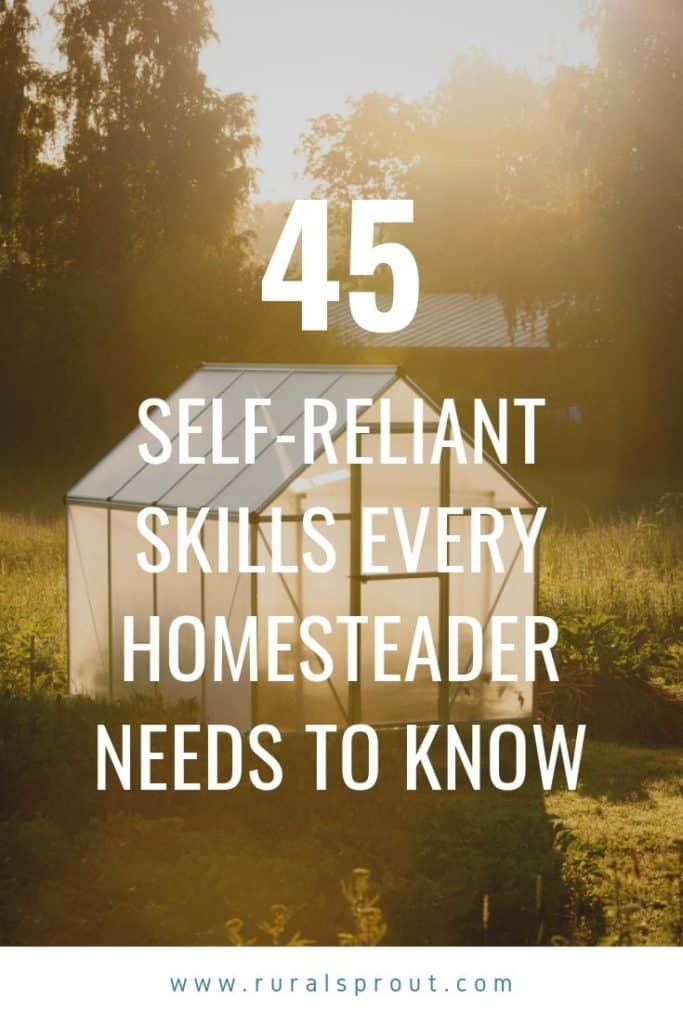
Be sure to bookmark this page for future reference and let us know what essential homesteading skills you would add to the list!

Get the famous Rural Sprout newsletter delivered to your inbox.
Join the 50,000+ gardeners who get timely gardening tutorials, tips and tasks delivered direct to their inbox.


